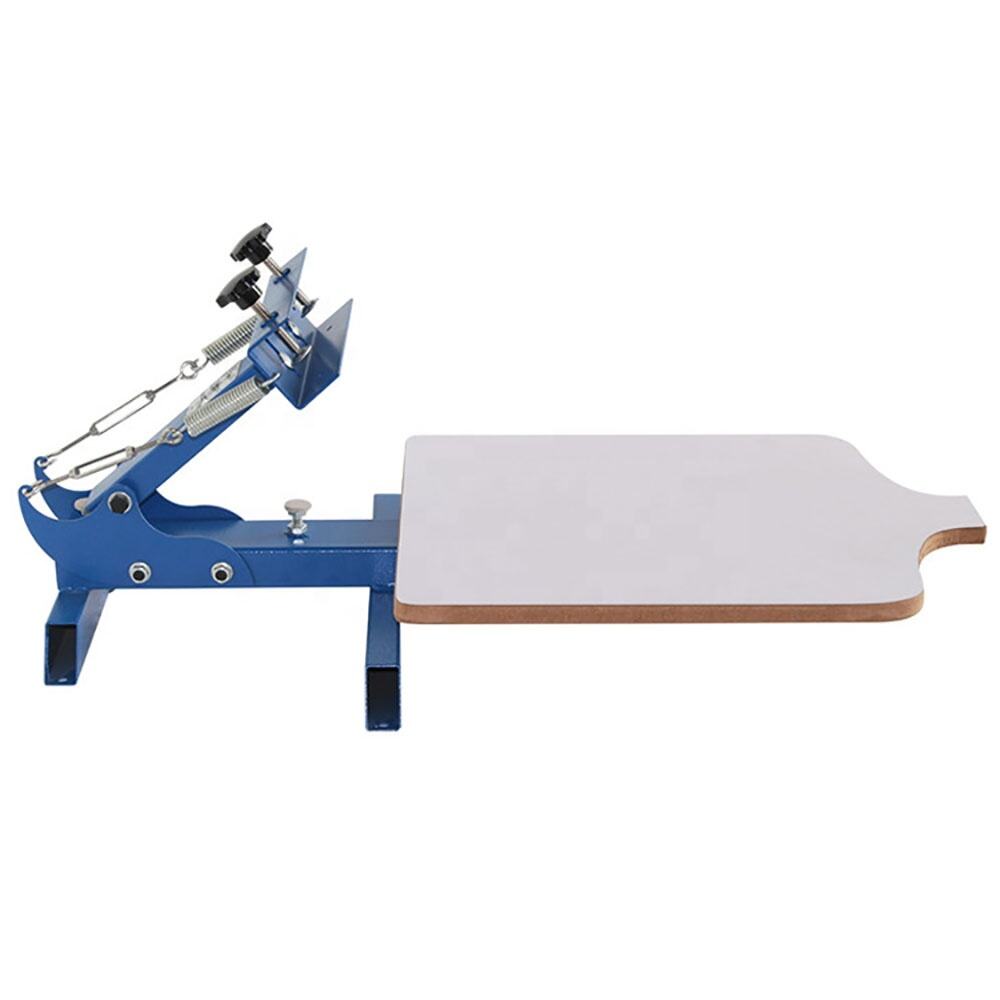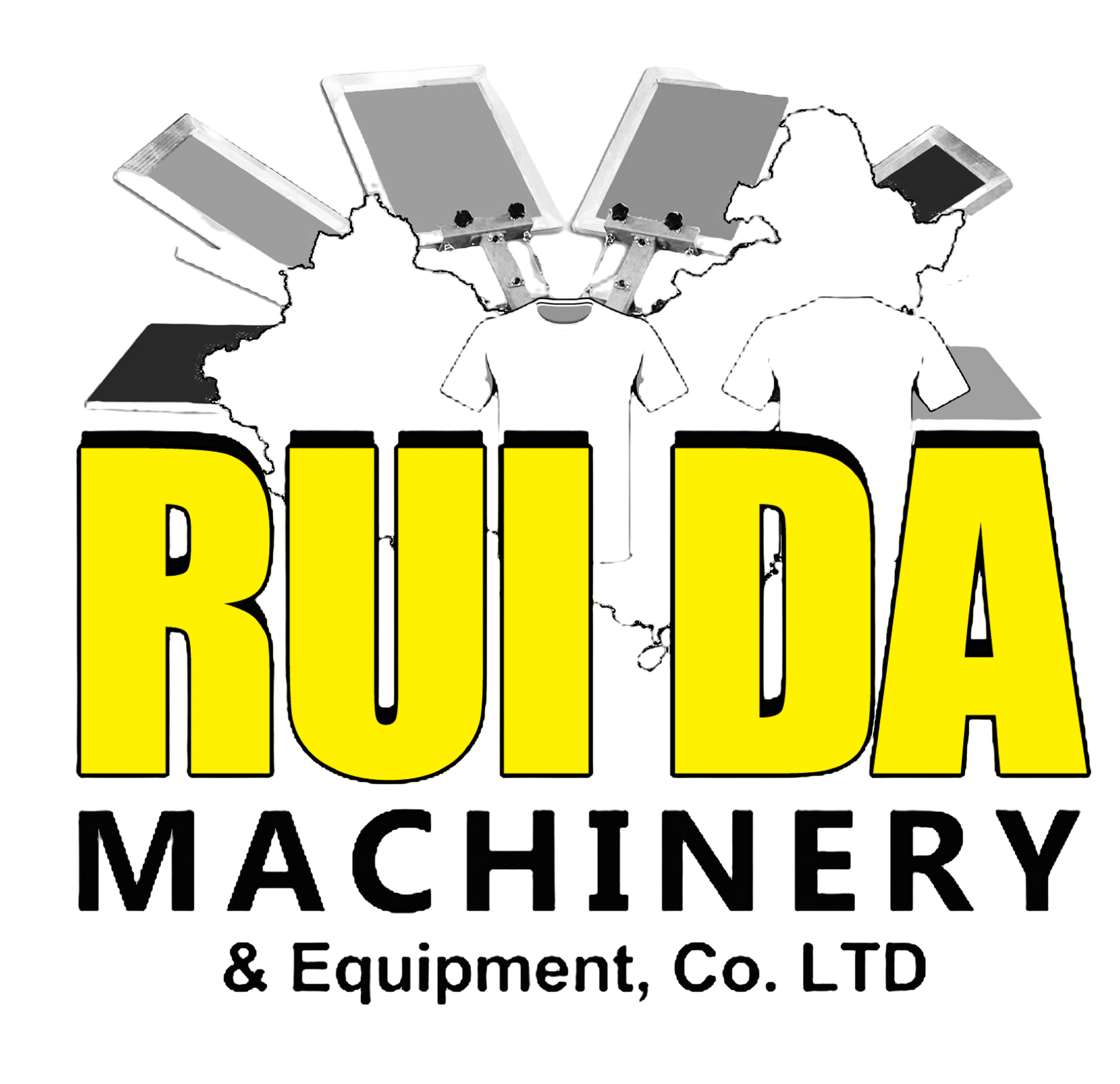Essential Care for Screen Printing Equipment
Proper serigraphy machine maintenance is crucial for ensuring consistent print quality and extending the lifespan of your valuable equipment. Whether you operate a small printing shop or manage an industrial facility, understanding the intricacies of maintaining your screen printing machinery can make the difference between profitable operations and costly downtime. This comprehensive guide will walk you through everything you need to know about keeping your serigraphy equipment in optimal condition.
Preventive Maintenance Fundamentals
Daily Inspection Protocols
Starting each day with a thorough inspection of your serigraphy machine sets the foundation for reliable performance. Check all moving parts for smooth operation, inspect belt tensions, and ensure all bolts and fasteners are properly tightened. Pay special attention to the screen registration system, as even minor misalignments can lead to print quality issues. Document any unusual sounds, vibrations, or resistance during operation.
Clean the printing bed and ensure all vacuum holes are free from debris. Test the vacuum system's suction strength, as proper substrate hold-down is essential for precise printing. Examine the squeegee and flood bar for any signs of wear or damage that could affect print quality.
Lubrication Requirements
Regular lubrication is vital for serigraphy machine maintenance. Focus on all moving components, including the print head mechanism, carousel joints, and registration adjustment points. Use manufacturer-recommended lubricants to prevent premature wear and ensure smooth operation. Create a lubrication schedule and maintain detailed records of when each component was serviced.
Different parts may require varying lubrication frequencies - some need daily attention while others can go weeks between applications. Always clean components thoroughly before applying fresh lubricant to prevent dirt and debris from becoming trapped in moving parts.
Screen Maintenance and Storage
Proper Cleaning Techniques
The screens are the heart of your serigraphy operation, and their maintenance directly impacts print quality. After each use, remove all ink residue using appropriate cleaning solutions. Start with a gentle cleaning to remove excess ink, followed by a more thorough chemical treatment if necessary. Avoid using excessive pressure during cleaning to prevent mesh damage.
Implement a systematic approach to screen cleaning, working from top to bottom and ensuring all corners and edges are properly addressed. Use dedicated cleaning cards or soft brushes to prevent mesh damage, and always follow chemical manufacturer guidelines for contact times and neutralization procedures.
Storage and Handling
Proper storage of screens between uses is crucial for maintaining their integrity. Store screens vertically in a clean, dry area away from direct sunlight and extreme temperatures. Use screen racks designed to prevent contact between frames and ensure adequate spacing to prevent mesh damage.
Handle screens with clean, dry hands and always grip them by the frame rather than the mesh. Implement a rotation system to track screen usage and retirement schedules, ensuring each screen is replaced before quality begins to deteriorate.

Electronic Components Care
Control Panel Protection
Modern serigraphy machines rely heavily on electronic controls for precision and automation. Protect control panels from dust, ink splatter, and cleaning solutions by using appropriate covers when not in access is needed. Regularly inspect all electrical connections for signs of wear or looseness.
Clean display screens and buttons with appropriate electronic-safe cleaners, avoiding excess moisture that could damage internal components. Check for proper function of all emergency stops and safety interlocks as part of your regular serigraphy machine maintenance routine.
Sensor Calibration
Regular calibration of optical sensors, pressure sensors, and position encoders ensures accurate registration and print quality. Develop a calibration schedule based on manufacturer recommendations and usage patterns. Clean sensor surfaces regularly with appropriate materials to maintain optimal performance.
Document all calibration procedures and results, noting any drift patterns that might indicate developing issues. Train operators to recognize signs of sensor misalignment or malfunction to prevent quality problems before they occur.
Advanced Maintenance Procedures
Belt and Drive System Care
The drive system of your serigraphy machine requires regular attention to maintain precise movement and registration. Check belt tension monthly and adjust as needed according to manufacturer specifications. Look for signs of wear, cracking, or fraying that could indicate impending failure.
Clean drive components regularly to prevent ink and debris buildup that could affect movement accuracy. Listen for unusual noises during operation that might indicate bearing wear or belt problems requiring attention.
Pneumatic System Maintenance
For machines with pneumatic components, regular air system maintenance is crucial. Check air filters monthly and clean or replace as needed. Drain moisture traps daily to prevent water accumulation in air lines. Inspect all air hoses and connections for leaks or damage.
Maintain proper air pressure settings and document any adjustments needed to maintain optimal performance. Consider installing additional filtration if air quality is a concern in your facility.
Troubleshooting and Repair
Common Issues Resolution
Understanding how to quickly identify and resolve common problems can minimize downtime. Create a troubleshooting guide specific to your machine model, including common symptoms and their likely causes. Train operators in basic diagnostic procedures and clear documentation of issues.
Maintain a stock of commonly needed replacement parts and ensure proper storage to prevent deterioration. Develop relationships with reliable service technicians for issues beyond in-house capabilities.
Preventive Parts Replacement
Implement a schedule for replacing wear items before they fail. Track the lifespan of components like squeegees, flood bars, and screen tensioning systems. Budget for regular upgrades and replacements to prevent unexpected failures during production runs.
Document all replacements and maintain records of part numbers and supplier information for future reference. Consider keeping critical spare parts on hand to minimize downtime when replacements are needed.
Frequently Asked Questions
How often should I perform complete serigraphy machine maintenance?
A comprehensive maintenance schedule should include daily inspections, weekly cleaning routines, monthly component checks, and quarterly thorough servicing. However, specific frequency may vary based on usage volume, environment, and manufacturer recommendations.
What are the signs that indicate immediate maintenance is needed?
Watch for unusual noises, vibrations, print quality issues, inconsistent registration, or changes in operating pressure or speed. These symptoms often indicate developing problems that require immediate attention to prevent more serious issues.
How can I extend the life of my serigraphy equipment?
Regular cleaning, proper lubrication, maintaining optimal operating conditions, and following manufacturer maintenance guidelines are key to maximizing equipment lifespan. Additionally, training operators in proper use and care can significantly reduce wear and prevent damage.
What should be included in a basic maintenance toolkit?
Essential tools include cleaning supplies, manufacturer-recommended lubricants, basic hand tools, diagnostic equipment, screen cleaning materials, and common replacement parts. Always maintain safety equipment and appropriate documentation for maintenance procedures.

